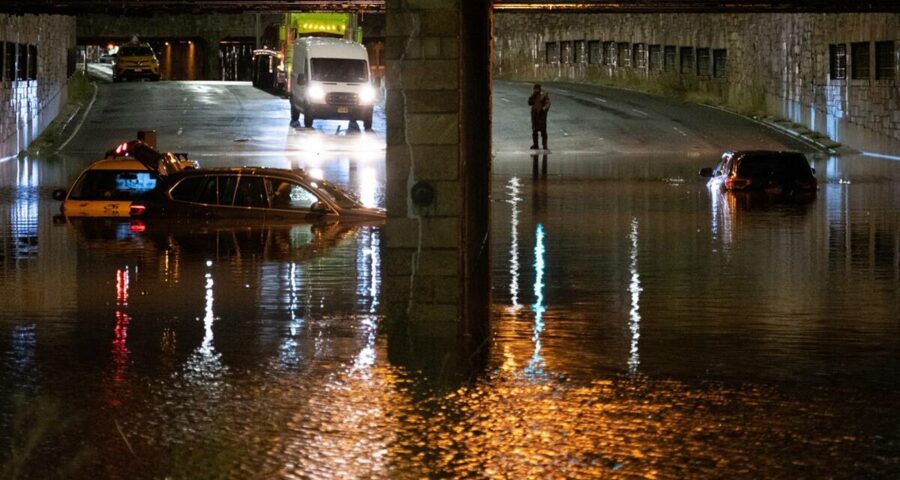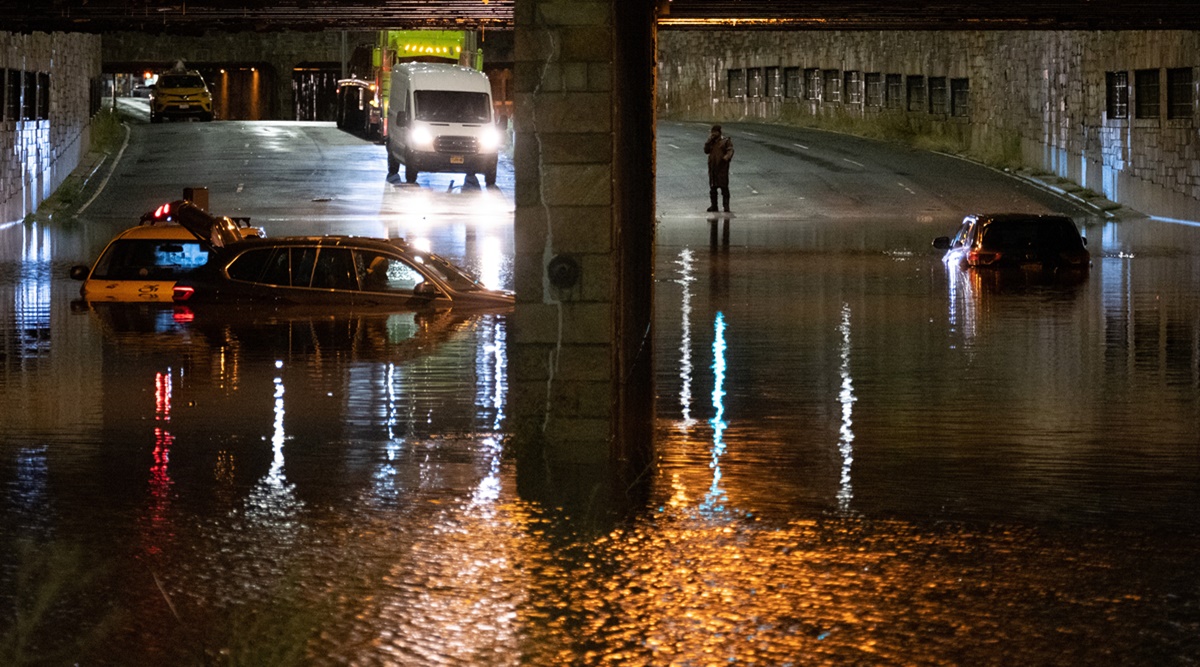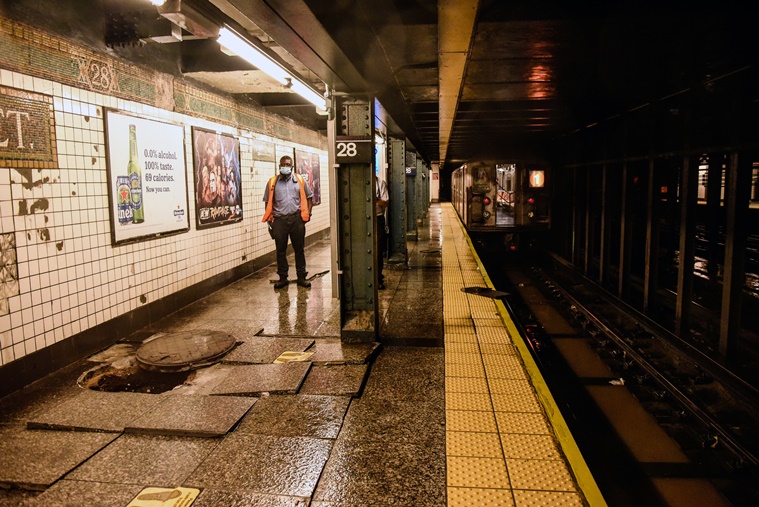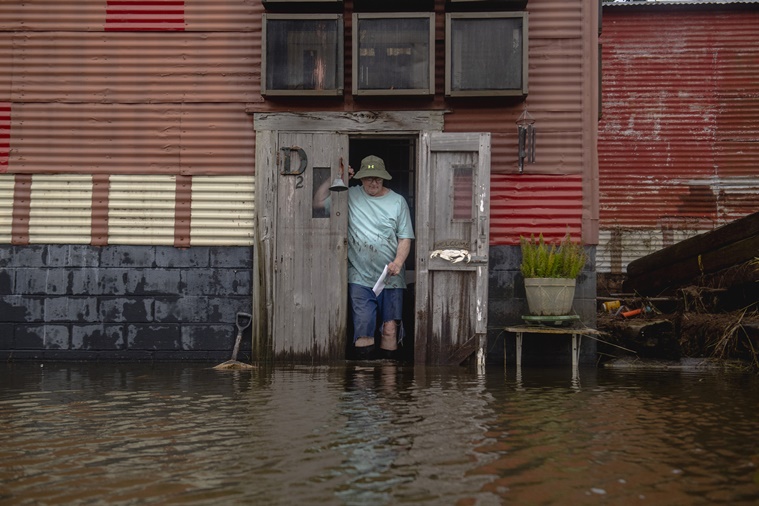More than 200,000 homes in New York, New Jersey and Pennsylvania remain without power, and states of emergency have been declared across the region.
The New York area awoke to a flood-ravaged and largely paralyzed landscape Thursday, after record-shattering rains brought by the remnants of Hurricane Ida left a trail of death and damage across several states, shut down transit and exposed anew the region’s vulnerability to a changed climate.
At least 14 people died as waters rose in basements. A tornado in southern New Jersey leveled a stretch of houses. Some drivers have reportedly been stranded since Wednesday night, more than 200,000 homes in New York, New Jersey and Pennsylvania remain without power, and states of emergency have been declared across the region.

The rains Wednesday turned streets and subway platforms into rivers and sent emergency responders in boats rescuing people from the rooftops of cars and from flooded homes. Hundreds of people on trains and subways were evacuated.
Though the rain is done and skies were clearing, as of 8 a.m., most of the city’s subway lines remain wholly or partly suspended, along with commuter rail service across the region. Airports were open but hundreds of flights were canceled. Rescues continued Thursday morning, and as the waters recede, authorities fear they will find more victims.
In New York City, the dead ranged in age from a 2-year-old boy to an 86-year-old woman, police said. Some drowned in basement apartments in Queens, where a system of makeshift and mostly illegally converted living spaces has sprung up. Another death occurred in Passaic, New Jersey, where the Passaic River breached its banks and fish flopped in the streets.
The rain Wednesday night — 3.15 inches in Central Park in an hour — broke a record set only days earlier, when 1.94 inches of rain fell in the park during Tropical Storm Henri. The National Weather Service, struggling to depict the level of danger, declared a flash flood emergency in New York City for the first time.
As unprecedented as the conditions were, climate scientists warn that they herald a new normal on a warmed planet, where hotter air holds more water, making hurricanes like Ida gather strength faster, tornadoes more widespread and rains heavier.
In Bergen County, New Jersey’s most populous county, County Executive James Tedesco, a former firefighter, said Thursday morning, “We have not complete devastation but close to it. This is as bad as I’ve ever seen it.”
Source: Read Full Article




